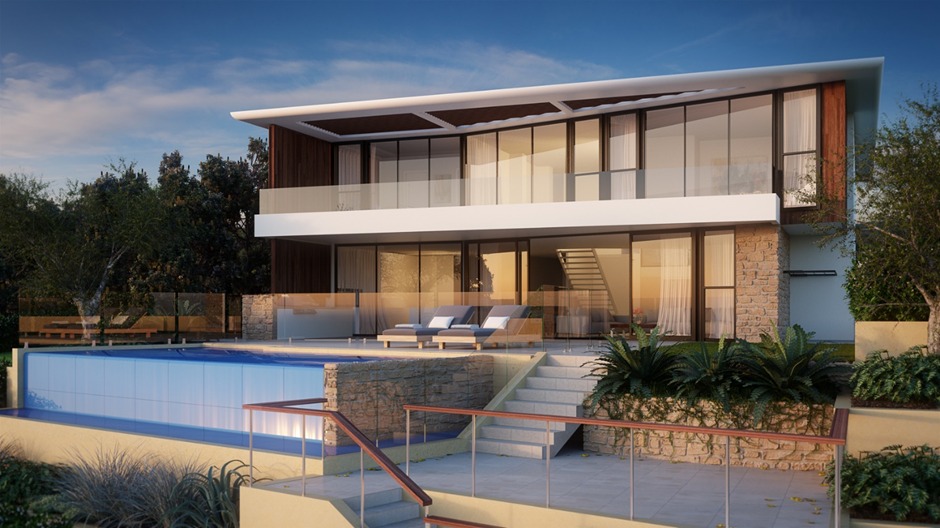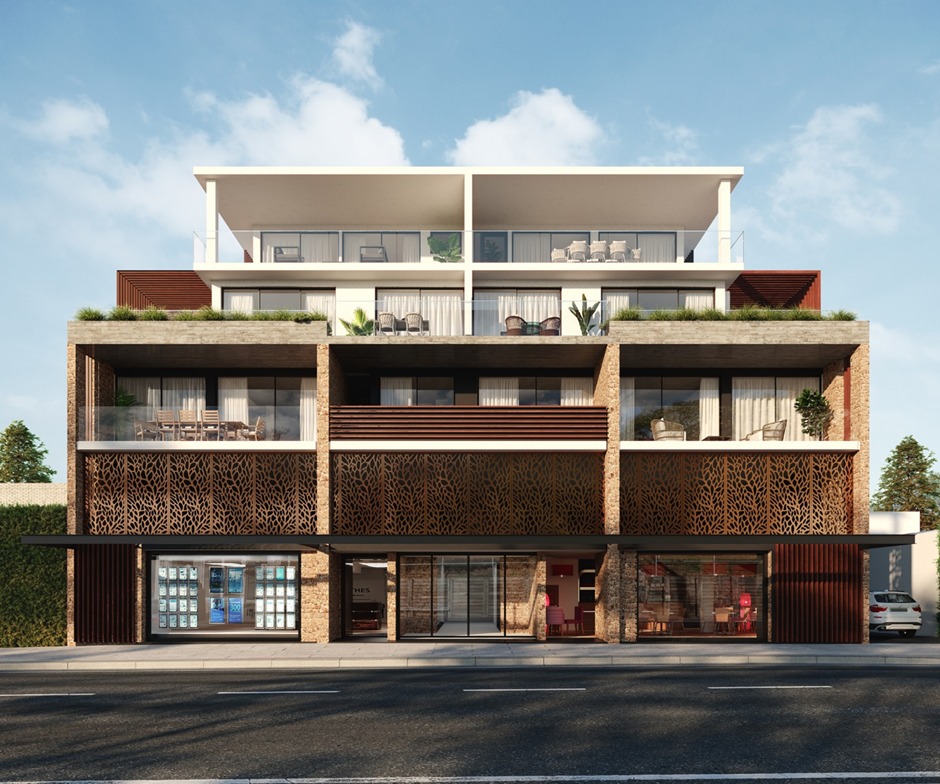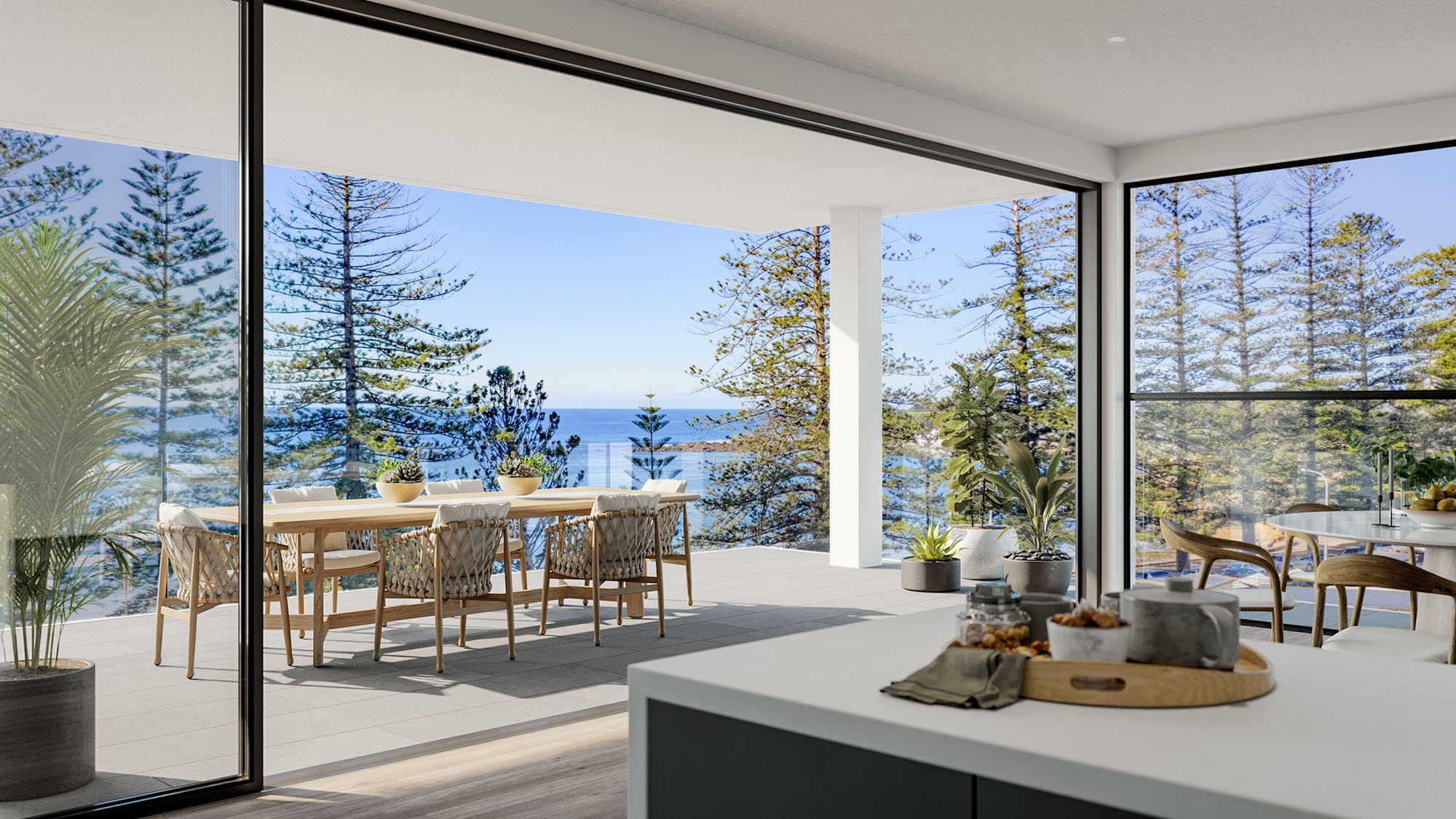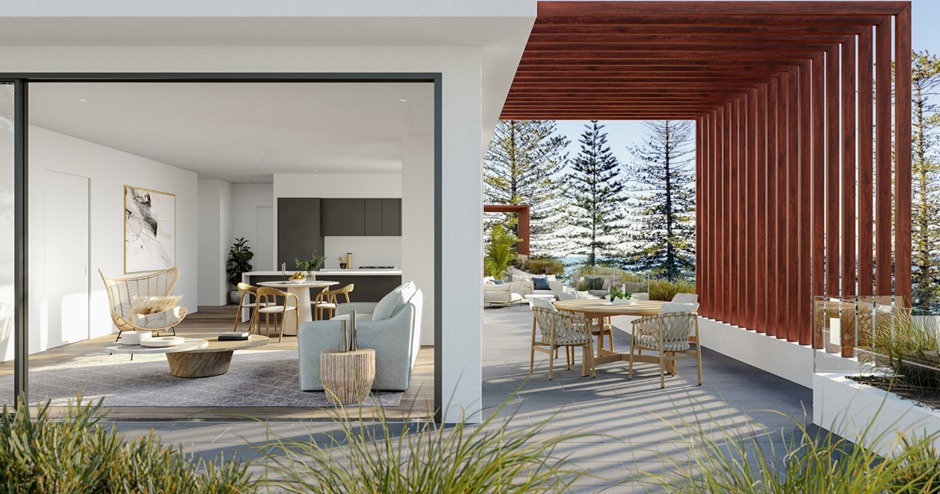HOW TO VISUALISE YOUR HOUSE DESIGN
Building a new house or renovating is a big deal. It involves countless important decisions that can have an impact on the way you and your family live your life once the project is complete
Whether you’re deciding what colour to paint the exterior of your house, what style of roof you would like, where to locate the bedrooms or what taps to use in the bathroom, each decision is important. And once you have made some of these decisions, how do you visualise your house design?
Like any creative process, designing your new home can be a wonderfully inspiring, passionate exploration of the kind of space that will potentially give you many years of pleasure and joyful living.
But any major house design project can be challenging and there can be numerous pitfalls and expensive consequences to avoid if you want to have a smooth and enjoyable design/ build process.
Working with an architect can help alleviate the stress associated with embarking on a new home design and ensure you that you are working with a team of professionals experienced in making it easy to visualise your new home.
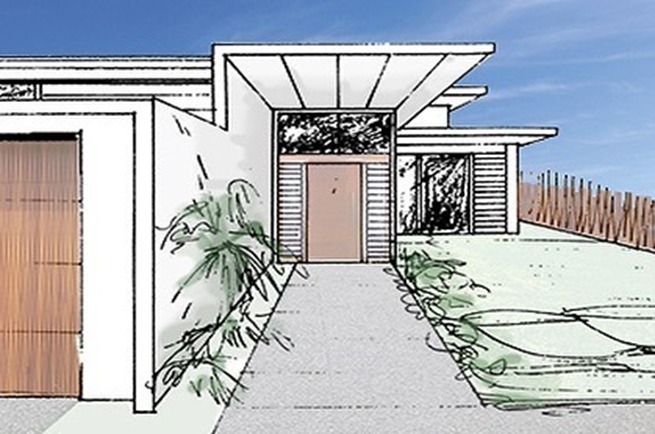
FREEHAND CONCEPT SKETCH DESIGN
The process starts with an initial meeting where we learn about what house design elements are important to you and your family. In the brief, we ask clients to provide a wish list with desired number of bedrooms, bathrooms, living areas, any specific layout requirements, outdoor spaces, and some information about the site.
Clients are often unaware of some of the council or engineering restrictions that can make realising your dream house design more challenging. This is especially true with sloping sites, height and boundary proximity restrictions, and location of your neighbours. We can explain to you what the implications are and the other consultants that are required during the process.
After clarifying your brief for your home design, we create a hand-drawn sketch of your concept design. The hand drawn sketch includes a layout of the floor plan for each level and will highlight important aspects of the building relative to your brief and the site constraints. This initial sketch plan will pave the way forward with the design and present a concept tailored to your brief which can be further developed.
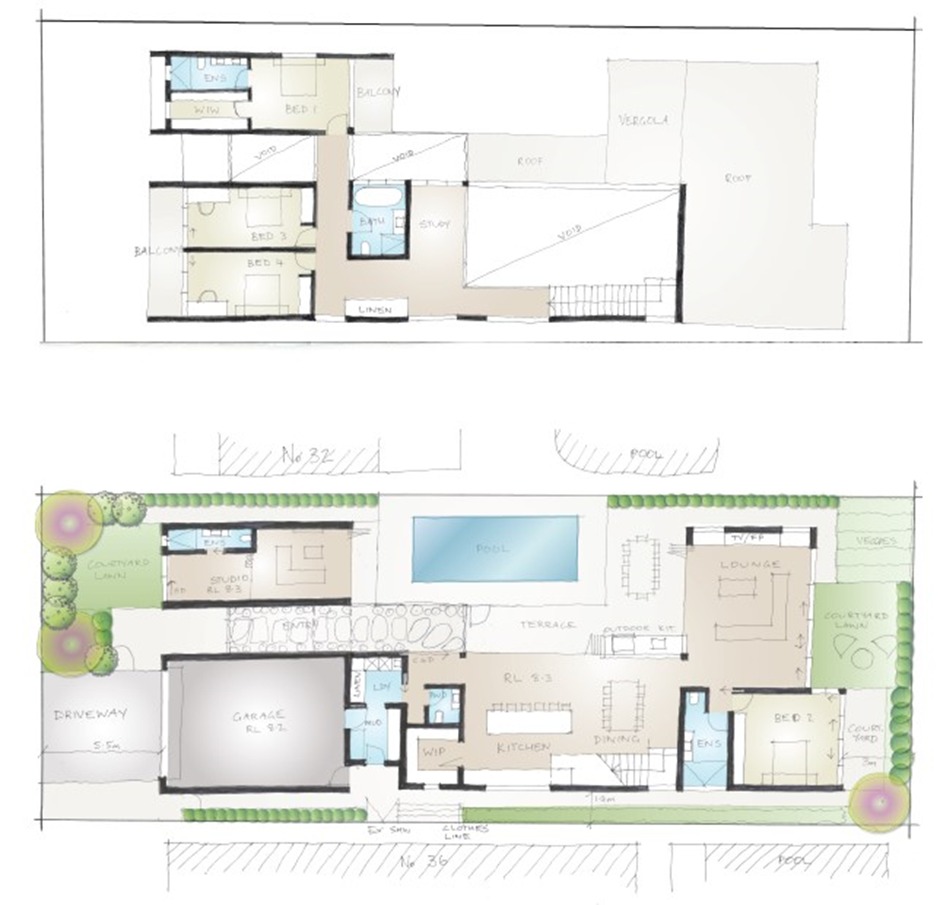
WHY DO ARCHITECTS USE FREEHAND SKETCHING?
Not all architects will use freehand sketches to explain their work. Even with all the sophisticated CAD (Computer Aided Drafting) software programmes available, freehand sketching remains our first and essential go-to tool for visualising house designs.
Hand sketching allows the architect to quickly deliver a concept image that the clients can easily grasp. CAD prepared plans may include large amounts of detail that clients may find overwhelming. But with freehand sketches the client can grasp a fluid concept sketch of their house design that quickly portrays an image explained by the architect to see how closely it matches up with the vision in their heads.
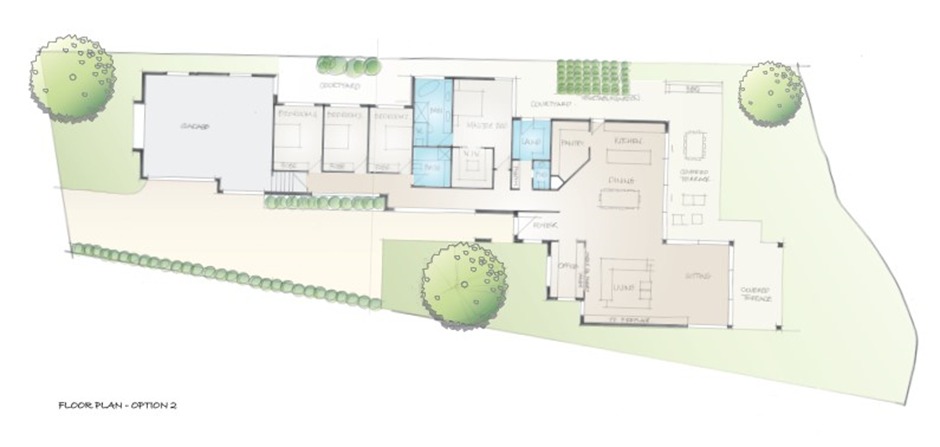
COMPUTERISED FLOOR PLANS (SCHEMATIC DESIGNS)
Once the client and architect are happy with the general design we will create a digital version of your floor plan and design. This is where CAD software programmes can save designers a great deal of time. Your house design isn’t locked in at this point but the CAD drawings give a more accurate and detailed representation of your visual house design including 3 dimensional images to help you visualise the design.
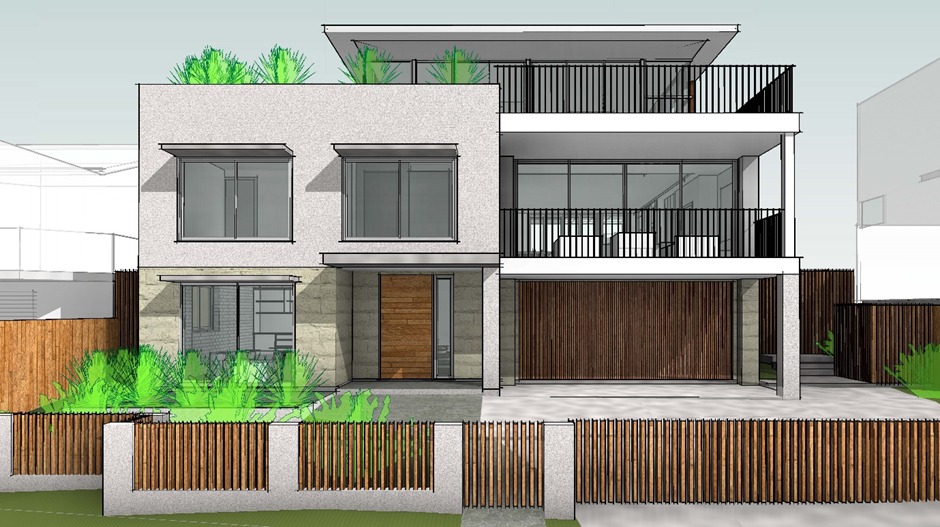
WHAT ARE THE ADVANTAGES OF CAD PROGRAMMES?
CAD programmes offer a number of other advantages too that will save the architect time and the client money.
Advantages of CAD technical drawings include:
1. CAD DRAWINGS ARE EASY TO CHANGE
CAD programmes allow the architect to make any amendments to the design, to fine tune the desired outcome, relatively quickly. The software allows us to build the model of your home as we make the changes giving you options to view multiple images.
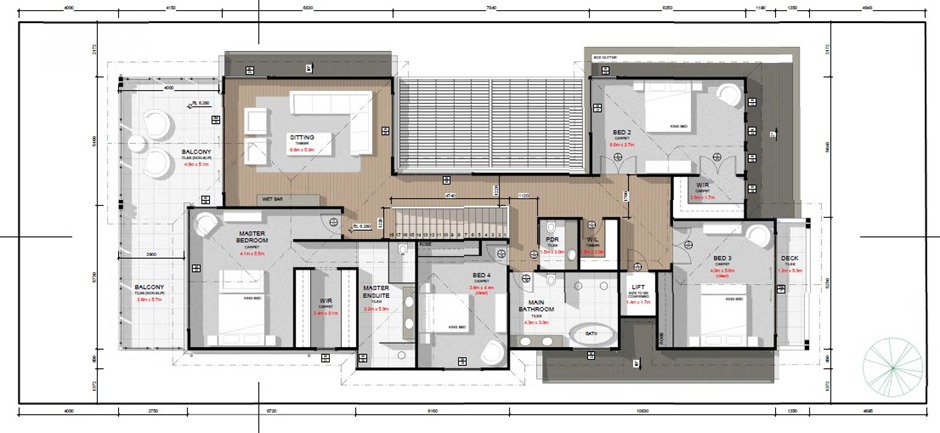
2. EASY STORAGE AND SHARING
Traditional paper drawings took up a great deal of space, were not easy to store and even harder to share with the clients or for collaboration with other professionals. Because CAD drawings are saved digitally, we can easily share these drawings electronically with the consultant team.
3. PRECISION AND DETAILED SPECIFICATIONS
CAD comes into its own when providing a finely detailed floor plan, ceiling heights, and elevations to scale. This precision gives the client a more realistic feel for how the house will look and feel.
The architect can start to add in vital specifications such as drainage, solar and thermal properties, different cladding types and the complex technical specifications and engineering details that council will require for approval of the final design.
4. CREATES A MORE REALISTIC VERSION OF YOUR HOUSE DESIGN VISION
CAD drawings are not just limited to 2D. We can also provide 3D images of what the interior and exterior of your house design will look like. These 3D perspectives offer a full colour rendition of all aspects of the design.
We can demonstrate how much sun and shade your house will get through the changing times of the year and day. This is especially important where neighbouring buildings or natural features might impact the site.
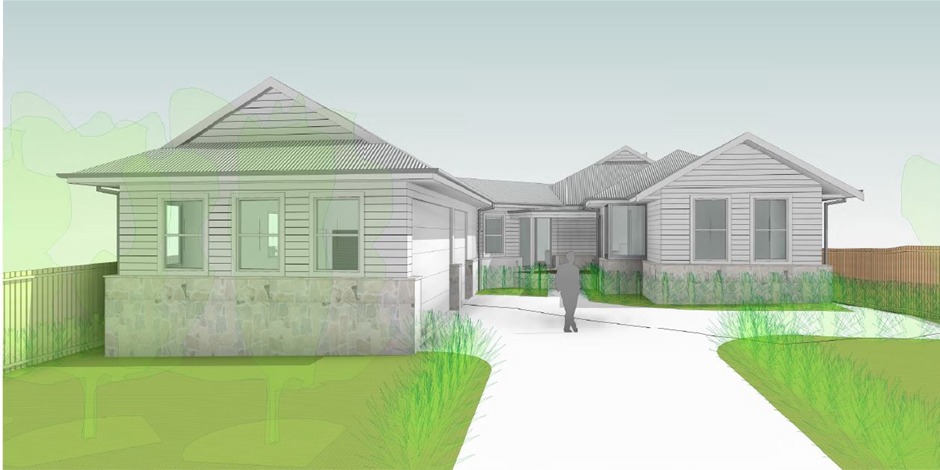
We can also provide flythrough videos so the client can literally walk through the building and experience how the design will feel and work in real life. This is where the client will really start to be able to visualise the house design.
Flythrough videos provide an immediate and visceral sense of the ambiance and floor plans, material texture and colour and how all the design aspects work together to create a stunning flow from room to room and on to the exterior areas, a photo realistic flythrough video can also be organised via an external consulant to demonstrate how the home might look fully furnished.
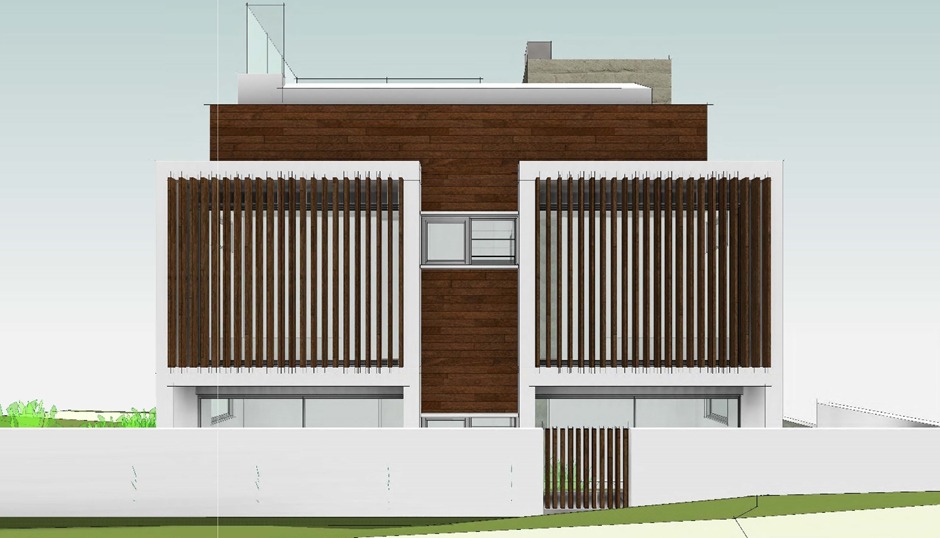
Slater Architects have always believed in combining the best of the traditional with innovative modern technology and tools. This juxtaposition of time tested materials and science tested new products sits at the cornerstone of our house designs.
We embrace that philosophy and take inspiration from it with our design approach too. All these schematic design options including flythrough videos are part of the service offered by Slater Architects and can be a great and cost-effective way to visualise your house design.
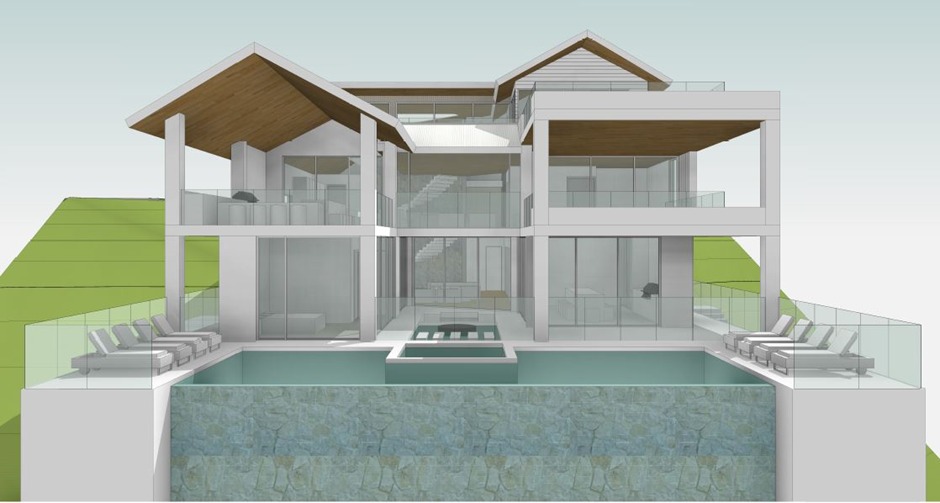
3D PHOTOREALISTIC RENDERING
Imagine having the ability to see photorealistic images of your home before construction has even begun. Photorealistic rendering is a digital process that uses a 3D CAD model of your house design within a software package to create a digital image of the model. The result is a rendered image that is photorealistic.
THE POWER OF 3D PHOTOREALISTIC IMAGES
3D photorealistic images are a game-changer in the field of architectural visualization. They provide a level of realism and detail that goes far beyond traditional 2D sketches and floor plans. Here’s how they can transform your house design experience:
1. REALISM BEYOND IMAGINATION
One of the most compelling aspects of 3D photorealistic images is their stunning realism. These images are created using advanced rendering software that takes into account every detail of your design, from the texture of the flooring to the play of light through your windows. The result is an image that looks so real, you’ll have to remind yourself it’s just a digital representation.
2. WALK THROUGH YOUR DREAM HOME
With 3D photorealistic images, you’re not limited to static views of your design. You can take a virtual tour of your house, walking through each room, exploring different angles, and getting a genuine sense of the flow and functionality of the space. This dynamic experience allows you to make informed decisions about layout and design.
3. MATERIAL EXPLORATION
Choosing the right materials for your home is a crucial decision. With 3D photorealistic images, you can see exactly how different materials will look in your design. Want to know how that granite countertop will pair with your cabinetry?
Wondering if hardwood or tile flooring is a better fit for your living room? These images provide answers.
4. NATURAL LIGHTING SIMULATION
Natural light can transform the ambiance of a space. 3D photorealistic images can simulate different lighting conditions, allowing you to see how your design will look at various times of the day or during different seasons. This helps you optimize window placement and select appropriate shading solutions.
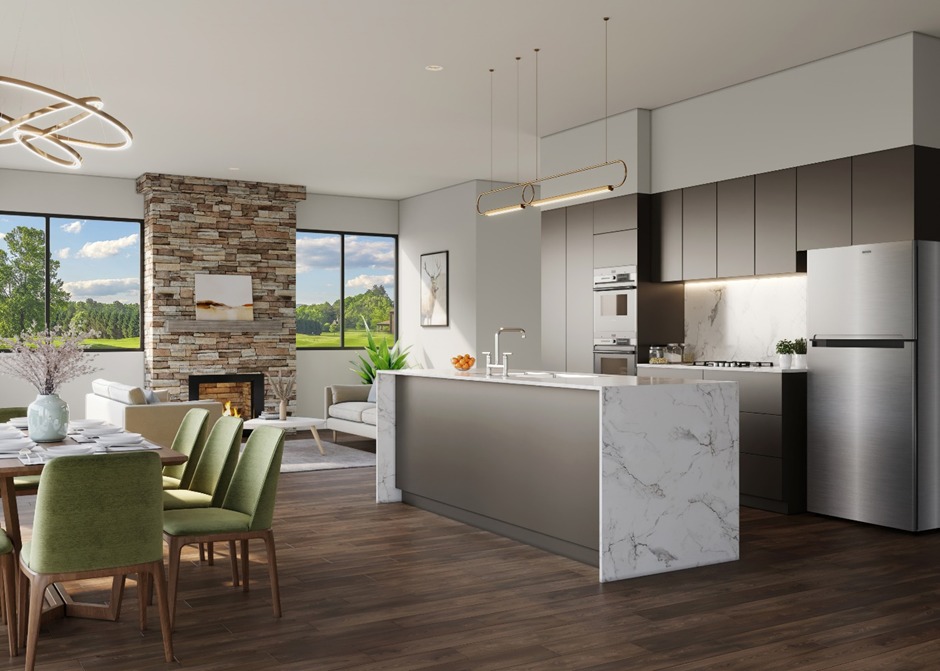
5. DESIGN VALIDATION
Have an idea for a design change or an addition? Using 3D photorealistic images allow you to experiment with different design elements, furniture arrangements, and color schemes to see what resonates with your vision. This iterative process ensures that your final design is a true reflection of your desires.
Unlike the computerized design elements, which are included as part of the service offered by Slater Architects, 3D rendering services will come at an additional cost as it is a service that will need to be engaged by an external consultant.
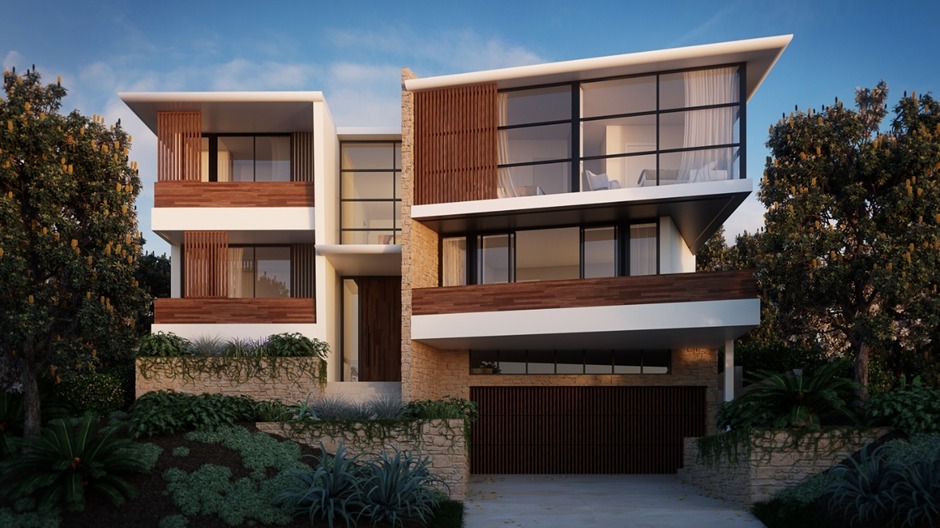
Visualizing your house design is not just about creating a beautiful space; it’s about crafting a place that reflects your personality, meets your needs, and enhances your quality of life. With the experience and creativity of an architect, coupled with your personal input and requirements, and the right resources, your dream home can become a reality.
While every effort is made to ensure that the information contained within this article is accurate and up to date, Slater Architects makes no warranty, representation or undertaking whether expressed or implied, nor does it assume any legal liability, whether direct or indirect, or responsibility for the accuracy, completeness, or usefulness of any information.
Cathy Slater: MAM (Arch) AIA
Principal Architect

